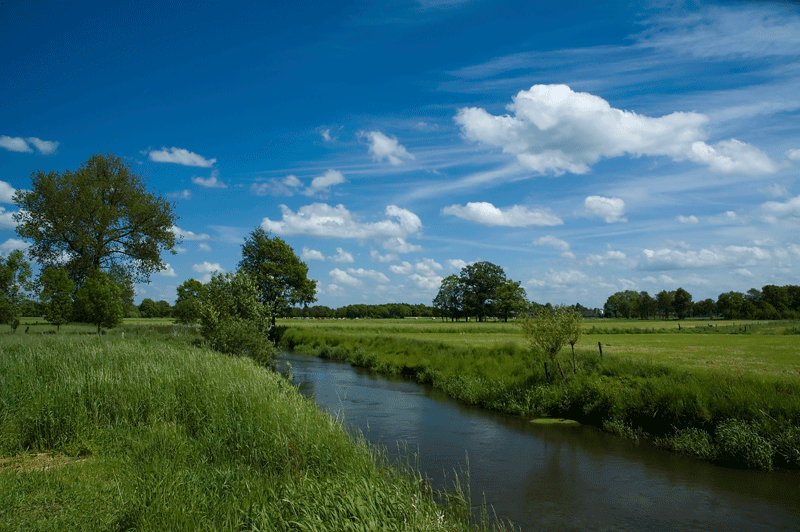Protecting water quality
U.S. FARMERS FACING NEW REGULATIONS
TWO DEVELOPMENTS — A federal level regulation and a local court challenge — made water quality enforcement a hot issue for U.S. farmers this summer.

The first development comes from a new definition of “waters of the United States” (WOTUS) issued by the Environmental Protection Agency (EPA) in late May. A response to two Supreme Court rulings, WOTUS re-defines which streams, wetlands, ditches, and waterways are subject to regulation under the Clean Water Act (CWA).
Though it specifically exempts some features, such as farmland tiling, from regulation, critics argue that it gives the EPA and the U.S. Army Corps of Engineers broader control over land use beyond what Congress authorized in the CWA.
JURISDICTION
“The agencies are determined to exert jurisdiction over a staggering range of dry land and water features — whether large or small, permanent, intermittent or ephemeral, flowing or stagnant, natural or man-made, interstate or intrastate,” says the American Farm Bureau Federation (AFBF) complaint.
“The EPA water regulations must protect water quality without bulldozing the rights of farmers and others whose livelihoods depend on their ability to work the land,” said AFBF president Bob Stallman.
Lawsuits challenging WOTUS have been filed by the AFBF, the National Corn Growers Association, the National Cattlemen’s Beef Association, the National Pork Producers Council, and home and road construction groups. Officials from 27 states have also filed suits, and nine states have asked a federal court to halt implementation of the rule (scheduled for August 28) until the legal challenges are resolved.
Legislation has also been introduced in both houses of the U.S. Congress to force EPA to abandon the rule and write a new rule from scratch.
GROUNDWATER
A second water quality challenge comes from the Des Moines Water Works in Iowa which has filed a lawsuit under the CWA against drainage districts in Buena Vista, Calhoun, and Sac counties in northwestern Iowa.
The water works, which is required by law to keep nitrate levels in its drinking water at a maximum of 10 mg/L, reported nitrate levels as high as 39.2 mg/L in groundwater monitoring at 72 sample sites in the three counties, all of which are in the watershed that supplies Des Moines’ water.
The CWA sets different rules for water flowing from “point source” discharges (identifiable locations such as factories) versus “non-point sources” such as run-off from farm fields.
Because the drainage districts maintain a network of pipes and ditches to move groundwater, the water works case argues that they should be classified as “point source” contributors to water pollution. Such a designation could lead to federal oversight for the districts, including requirements for pollution discharge permits and actions to cease any unauthorized nitrate discharges.
For farmers, the result could be limits on the timing, amount, and type of fertilizer use such as the so-called “pollution diet” imposed by the EPA in the Chesapeake Bay area.
The case also asks the court to order the districts to pay damages to the water works for the expenses it has incurred in removing nitrates from Des Moines’ drinking water. Record high levels of nitrates in recent years have forced the water works to run its nitrate removal facility for 97 days at a cost of about $900,000, water works officials claim. Further capital investments to manage high nitrate levels could cost an additional $76 million to $183 million.
A federal trial judge is scheduled to hear the case, which could take as much as two weeks in August 2016. As the first challenge of its kind in the Midwest, it could also establish a legal precedent for similar lawsuits in other counties.
Buena Vista, Calhoun, and Sac counties produced 92,975,000 bushels of corn on 510,300 acres in 2014. •






















